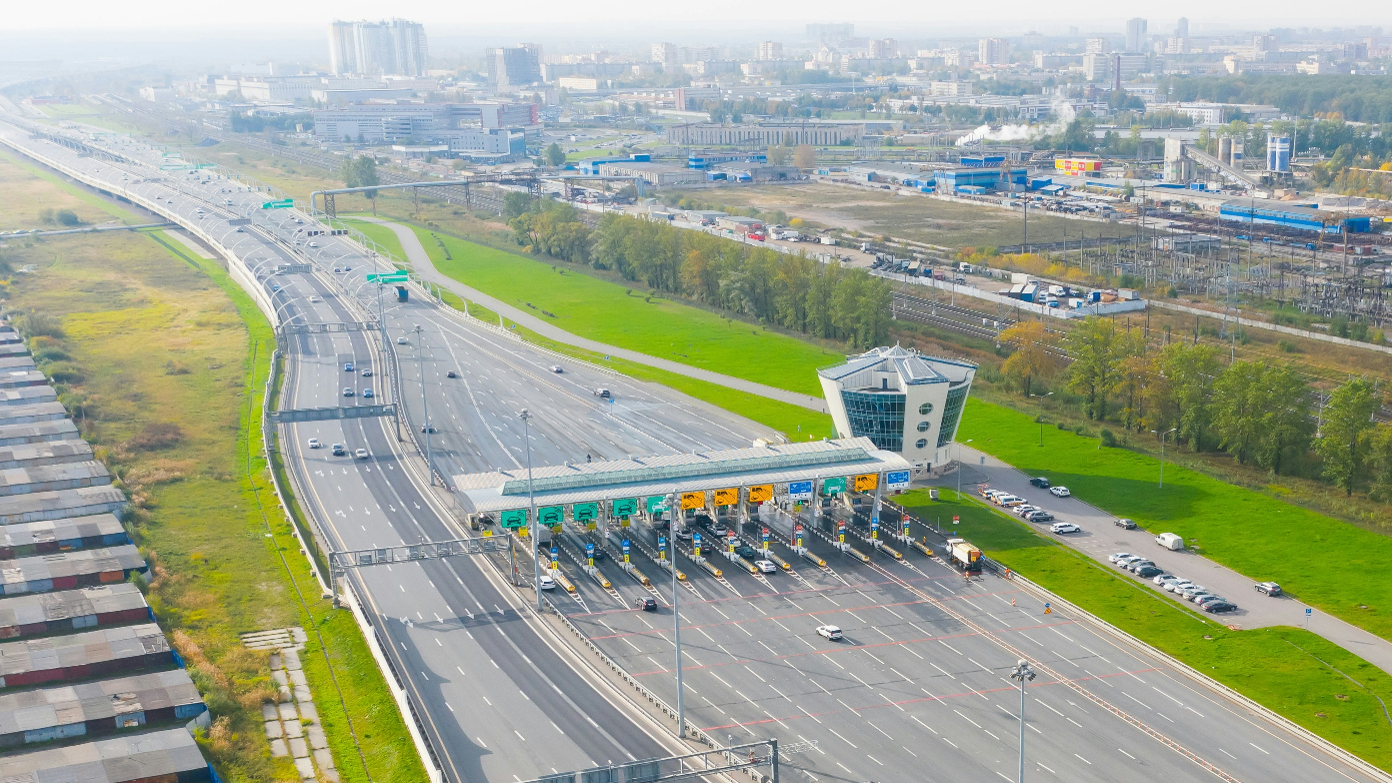The City of New York’s controversial congestion pricing system will continue to operate through the fall of 2025, under a new deal between the Trump administration and the Metropolitan Transportation Authority (MTA). The pact, which sets a deadline for continuing legal actions, effectively ensures the $9 toll for drivers entering Manhattan south of 60th Street will remain in place for at least another six months, even though President Trump had initially attempted to shut down the program prematurely on his inauguration.
Agreement details and legal timeline
It follows court filings on Friday, April 4 that the federal government and New York transit authorities reached an agreement regarding a briefing timetable through October. The schedule keeps any decision about the congestion pricing plan from coming until at least mid-summer, with proceedings potentially stretching to the fall in legal courts.
The Department of Transportation told the MTA that it will not be requesting an injunction to shut down the program while the case moves through the courts, according to court papers. What that really means is that it’s giving the congestion toll de facto approval to keep operating even after Transportation Secretary Sean Duffy’s original April 20 deadline to shut down the program.
“The timeline that was coordinated by federal officials and the MTA would guarantee that the toll cameras keep running at least through October,” a letter to presiding federal Judge Lewis Liman read.
Background of congestion pricing battle
The congestion pricing system, which began operation in January of 2025, charges most drivers a flat fee of $9 to drive into the downtown business district of Manhattan below 60th Street. It is the first such system in the U.S. but has been in place for years in places such as London, Stockholm, Milan, and Singapore.
The court battle started soon after President Trump’s inauguration, when he suggested in February that he would revoke federal approval of the program. This set up a showdown between the federal government and the transit authority, with the MTA suing to block the retraction of the toll’s federal approval.
Political tensions between federal and state officials
The congestion pricing proposal has been a flash point in the Trump administration’s relations with New York State. Trump during his presidential campaign promised to “end” the program on his eighth day in office, calling it a “massive, regressive tax.”
Transportation Secretary Duffy has been especially outspoken in denouncing the toll as “a slap in the face to working class Americans and small business owners”. While visiting New York City recently, Duffy criticized the MTA for “wasteful spending” and complained about the $9 tolls.
“When have we ever had a tiered class system where the rich get to ride on the roads and the middle class and the poor don’t ride on the roads? That’s what New York is all about? I don’t think so,” Duffy said on his subway ride with Mayor Eric Adams.
Meanwhile, Governor Kathy Hochul and the MTA have stuck to their guns regarding their commitment to keeping the program intact. “We’ve observed Secretary Duffy’s tweet, and that doesn’t alter what Governor Hochul has been stating the entire time: the cameras are remaining on,” a governor’s spokesperson said.
Financial impact and program success
Despite political tensions, preliminary figures indicate congestion pricing scheme is meeting its marks. The scheme brought in close to $52 million last February alone, and is likely to meet its target of $500 million annually.
This revenue is vital to the MTA, which expects to invest the money in $15 billion of vital infrastructure upgrades, such as replacing train signals, opening up stations, buying new subway trains and buses, and pressing ahead on big projects like the Second Avenue Subway and Interborough Express.
What’s next for congestion pricing
While the agreement permits the tolling program to proceed in the short term, its long-term viability is in doubt. The Trump administration is still able to exert pressure on New York State by threatening to withhold federal funding.
The ultimate ruling on the case will come in late October or early November, the mutually agreed time of both parties. In the meantime, the tolling cameras will continue to operate, and motorists will continue to pay the fee to drive into Manhattan’s most traffic-congested zones.
Wednesday, April 9, has been set aside for the first pretrial conference for the case, which will give further insight into how court proceedings will proceed.
Read more: The products that will go up the most in price in the U.S. with Trump’s new tariffs – Some will do so by $20,000…
Read more: Who is Kilmar Abrego, the Salvadoran man Trump deported due to a “clerical error” and an “oversight”

